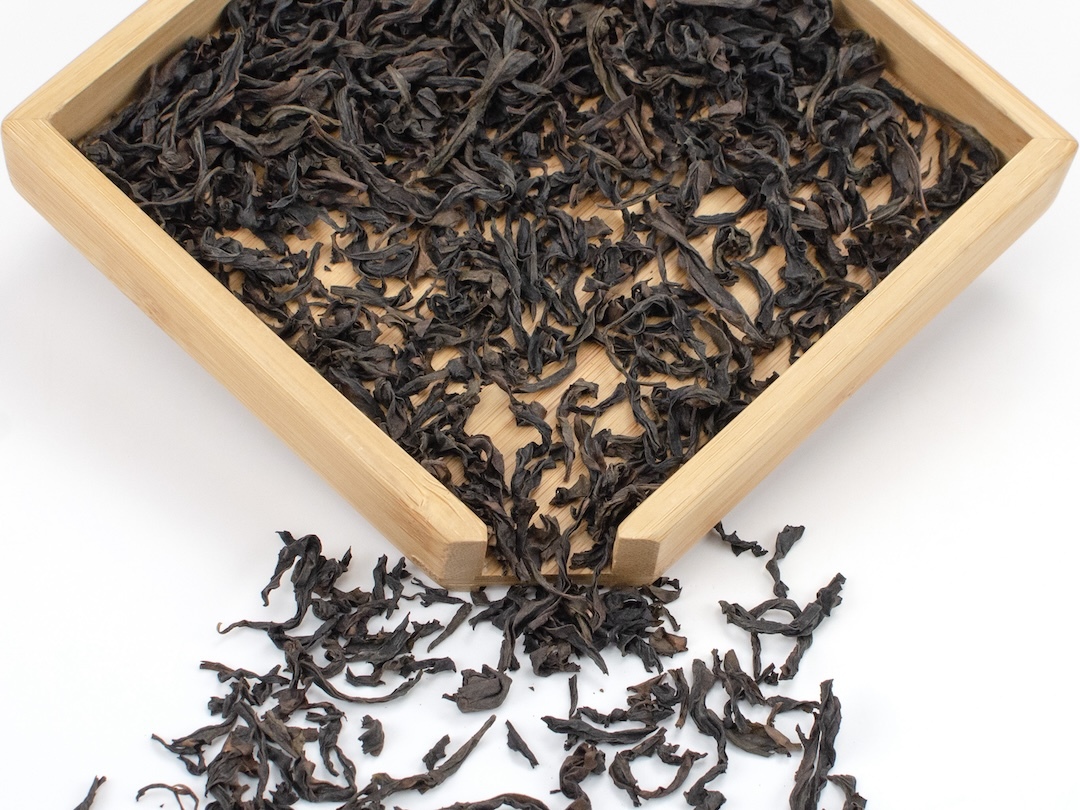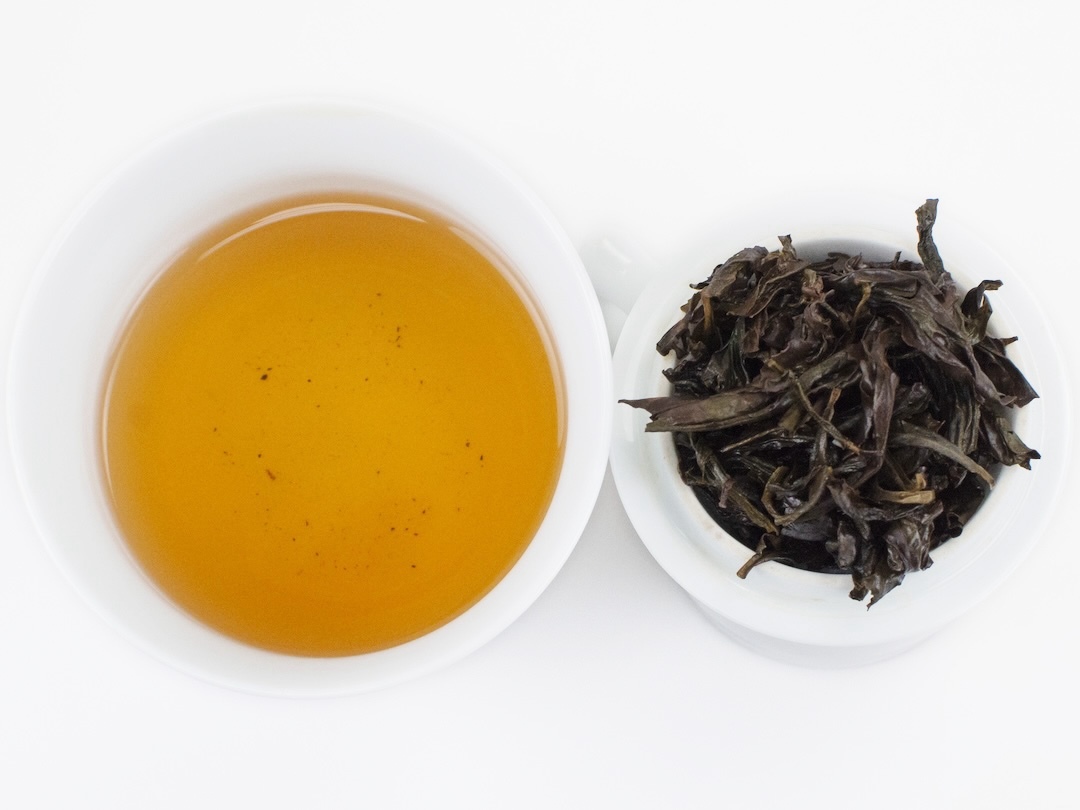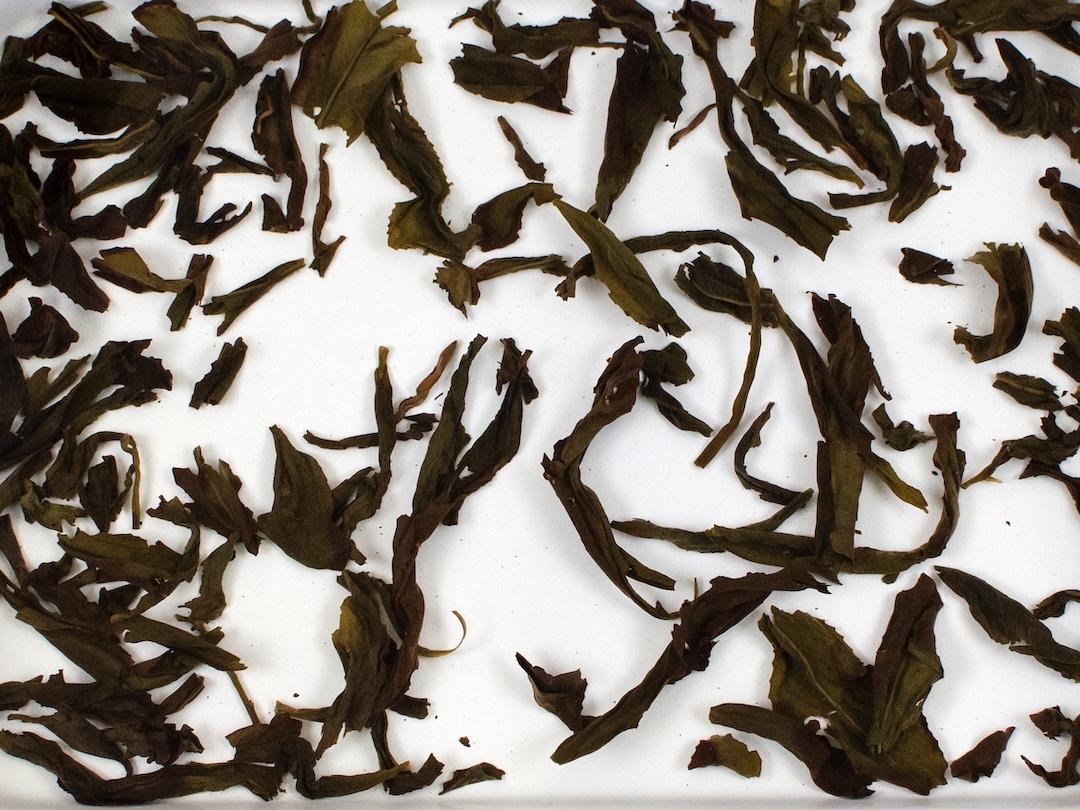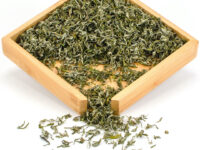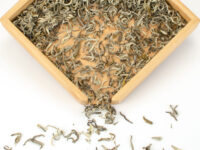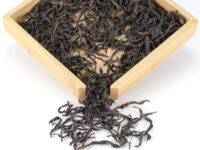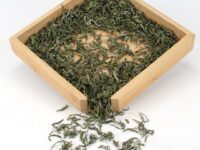Bai Rui Xiang (Hundred Blooms)
Rock Wulong Tea 2024
Bai Rui Xiang (Hundred Blooms) is a masterfully balanced rock wulong made with a medium roast that brings out the sweetness of the leaf while retaining its copious, lingering florals that fill the senses like a bouquet of flowers. Layered aromatics interplay with slowly emerging rich woody notes and bold yet silky characteristic yancha minerality.
$24.25
- Tea Origin
- Wuyishan City, Fujian Province, China
- Tea Bush
- Bai Rui Xiang (Hundred Blooms)
- Tea Maker
- Zhou Yousheng and Huang Shiying
- Harvest Time
- Mid-May
- Plucking Standard
- Zhong kai mian
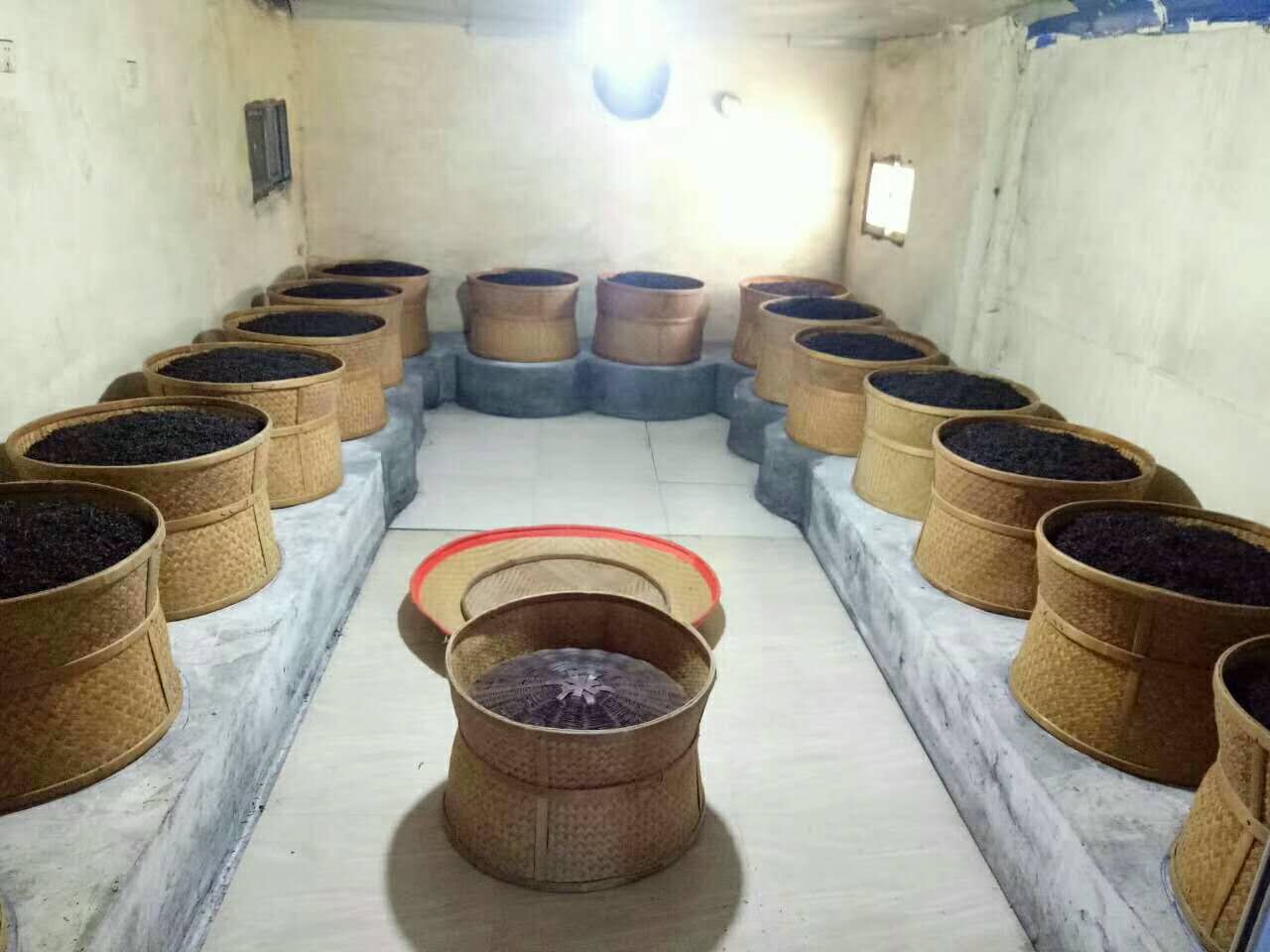
Bai Rui Xiang (Hundred Blooms) epitomizes the traditional charcoal roasting technique used for the hearty rock wulong teas grown in the crevices of volcanic rock formations in the Wuyi Mountains. It has a brown-orange liquor with a concentrated and consistent medium roast with notes of dark caramel and burnt sugar. Underneath the roasted qualities of the tea, there is a subtle, persistent floral character that lingers in your mouth long after you have swallowed the tea. Over time, warm and equally delicate notes of dry wood develop. As your palate gets used to the heavier roasted characteristics of the tea, its more floral and woody qualities will become more pronounced as you breathe in through your nose. There is a slight fruity quality in the finish of the tea, which reminds us of the fruit notes that you’ll find in dark chocolate or cacao nibs.
The Defining Charcoal Roast of Traditional Wuyi Rock Wulong
The complexity of Wuyishan rock wulongs is often unmatched when it comes to layers of developing flavors, from aromatic florals like narcissus to fruitiness like that of cooked fruit to rich and nutty roastiness. The method (charcoal or oven) and extent to which a rock wulong is roasted has great influence on the flavor, especially how much of those sweet, sugar-like characteristics are present. As a general rule, lighter-roasted rock wulong retain more of the florals of the fresh leaf, while heavier roasts develop more sweetness and depth. Managing a roast to strike the perfect balance is an incredibly difficult and complex skill to master.
Medium-roasted wulong like Bai Rui Xiang develop the sweet characteristics of a heavier roast while still retaining the lighter, fuller aromatics typical of a light roast. You may be reminded of things like dark brown sugar, milk chocolate, and candied nuts.
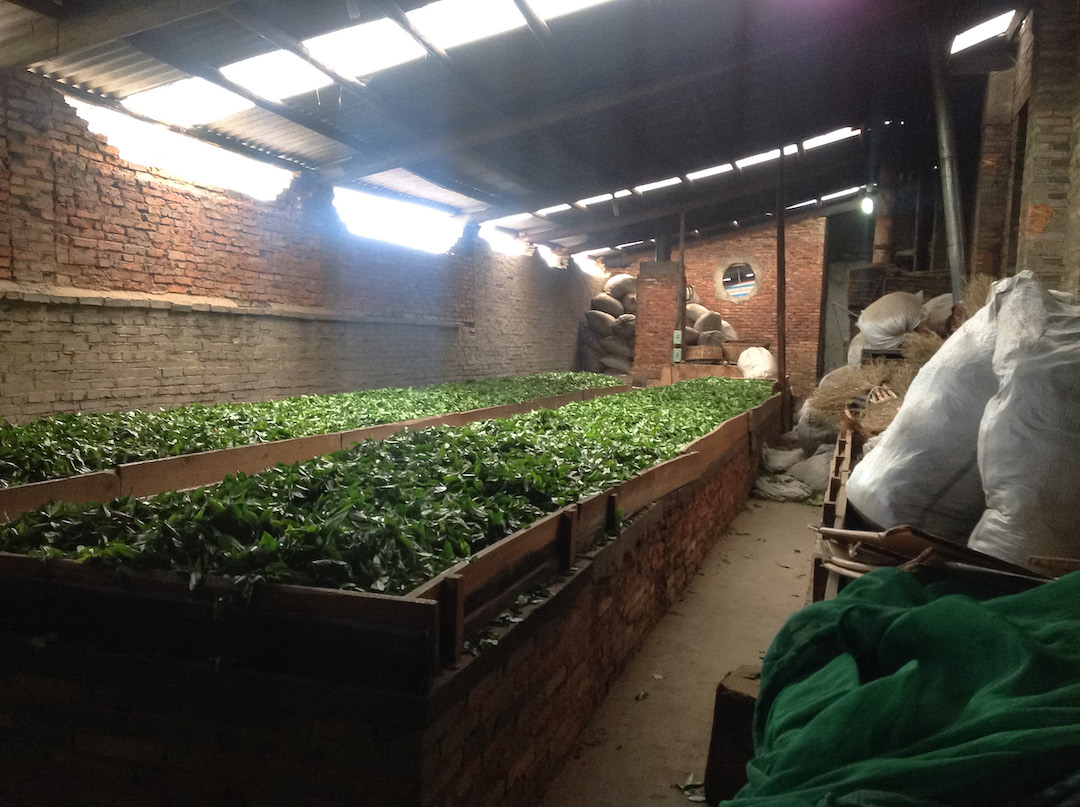
Wuyi rock wulongs tend to have more pronounced, darker roasts than other wulongs, which heightens their complexity and develops layers that reveal themselves as the tea steeps. The typical rock wulong will have a liquor with a hue ranging from pale gold to deep red-brown, depending on the method and degree of roasting, with a pronounced initial burst of flavor as the tea passes your lips. The evenness and balance of a rock wulong’s roast are dictated by the skill of the roaster, more so when it is roasted traditionally using charcoal ash. As the tea continues to coat your palate and fill your mouth, the flavor will unravel itself, and a drying sensation will settle on your tongue, the sides of your cheeks and linger in your mouth and throat.
Like most Wuyi rock wulong teas, Bai Rui Xiang is named after the tea bush cultivar used to make it.
No chemical fertilizer, pesticide, or herbicide was used in the production of this tea. Click here to read more about our promise to fair trade and the environment.

